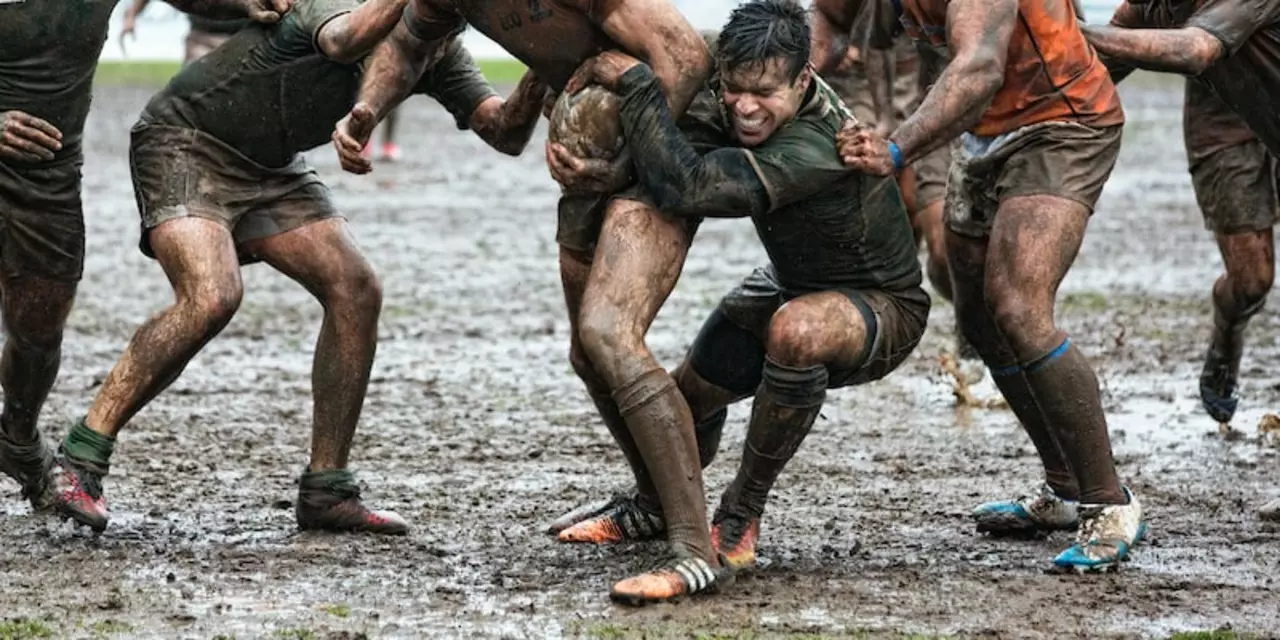Fitting: Gear, Position and Training Tips for Rugby Players
When you step onto the pitch, the first thing that matters is how everything fits you. A good fit means you move easier, hit harder and stay safer. In this guide we’ll look at the three things that need the right fit – your equipment, your position and your training plan. By the end you’ll know exactly what to check and how to make simple changes that give you an edge.
Gear that fits you
Boots are the most obvious piece of kit. Too tight and you’ll feel pins and needles, too loose and you’ll lose traction. Walk around the club shop, bend your knees and sprint a short distance. Your foot should feel snug but not cramped, and the studs should bite the ground without wobbling. If you share a pair with a teammate, you probably need your own size.
Headgear and mouthguards work the same way. A mouthguard that slides around is useless in a scrum. Press it against your teeth; it should stay in place without you thinking about it. For helmets, check that the straps sit flat on your head and that you can see clearly. Any gaps can let a concussion‑grade hit get through.
Protective pads – shoulders, thighs, ribs – should cover the bone without restricting movement. Slip on a pad, raise your arm, and see if you can still reach for a pass. If you’re missing a beat, the pad is too big. Small adjustments like trimming excess padding or swapping to a lower‑profile model can make a big difference.
Finding the right position and training plan
Every player has a body type that works best in a certain role. If you’re quick and light, the wing or full‑back might feel natural. If you’re strong and love contact, the prop or lock will suit you. Try a few positions in practice and ask a coach which one feels most comfortable. When the fit feels right, you’ll notice you’re less tired at the end of a game.
Your training should match that position. A winger needs sprint work, agility drills and quick‑footed exercises. A forward should focus on strength, scrummaging technique and short‑burst power. Build a weekly plan that mixes skill work, conditioning and recovery. Keep a log of how you feel after each session – if a workout leaves you sore for days, the load is probably too high.Finally, pay attention to your body outside the club. Proper sleep, nutrition and mobility work keep everything fitting together. A simple foam‑roll routine before bed can keep your muscles supple, meaning your kit stays snug and your movements stay sharp.
Getting the fit right isn’t a one‑off task. It’s a habit of checking, adjusting and listening to your body. The next time you gear up, spend a minute on each piece, run a quick drill in your chosen position and tweak your training plan if something feels off. Small tweaks add up, and before you know it you’ll be playing with confidence, comfort and fewer injuries.
What rugby union position would I fit in?
This article provides an overview of the different positions in rugby union and how to decide which one is most suitable for you. It explains the different roles and responsibilities of each position, as well as the physical and mental requirements for success. It also looks at the advantages and disadvantages of the different positions, and suggests how to determine the best fit. Finally, it provides an overview of the skills and qualities necessary to perform in each position, offering advice on how to develop these skills. In conclusion, this article provides a helpful insight into the different roles in rugby union and offers an effective guide to choosing the right position for you.
full article


